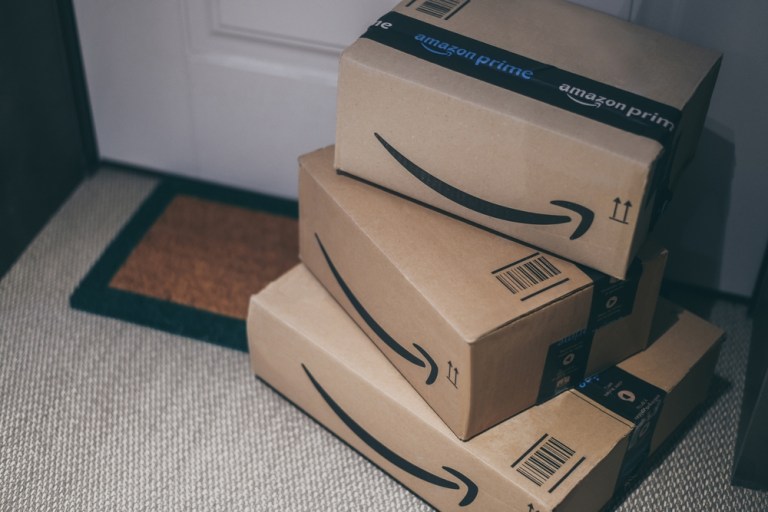Amazon’s 2025 Roadmap: Customer First, Agentic AI Next
Amazon’s first-quarter earnings call deviated from the typical focus on financial figures, instead emphasizing the company’s strategy to maintain consumer trust. Revenue rose 10% year-over-year to $155.7 billion, with worldwide paid units increasing 8%, according to Chief Financial Officer Brian Olsavsky.
Customer Resilience Amid Economic Uncertainty
The customer proved resilient despite economic uncertainty, with Everyday Essentials growing more than twice as fast as other categories. These essentials now account for one in every three U.S. units sold, indicating shoppers remain focused on value. CEO Andy Jassy noted elevated price sensitivity among consumers during uncertain times.
Strategic Initiatives and Forecasts
For the current quarter, Amazon forecasts net sales between $159 billion and $164 billion, representing a 7% to 11% increase. Operating income is expected to range from $13 billion to $17.5 billion. The wide guidance range reflects the complex external environment, including tariffs and increased stock-based compensation.
Mitigating Tariff Risks
Amazon has taken proactive measures to mitigate potential tariff impacts. Jassy mentioned heightened buying in certain categories, possibly indicating stockpiling before any tariff effects. The company pulled forward inventory in Q1, and many marketplace merchants accelerated shipments to U.S. warehouses to insulate customers from price spikes. Amazon’s diversified supplier base, with over 2 million global sellers and hundreds of millions of unique SKUs, is expected to cushion any sudden shifts in sourcing or consumer preferences.
Logistics and Agentic AI Advancements
Behind the scenes, Amazon is pushing efficiency projects that powered its recent margin rebound. Rearchitecting the inbound freight network aligned with the regional fulfillment model drove productivity, allowing record one-day and same-day delivery volumes while controlling per-package costs. Excluding one-time charges, first-quarter operating margins were 7.2% in North America and 3.7% internationally.
Looking ahead, Amazon plans to expand same-day delivery sites, enhance its rural delivery network, and increase robotics and automation. These investments aim to protect profitability even if consumer demand slows. The company is also making significant strides in artificial intelligence. Jassy described AI as a ‘once-in-a-generation platform shift,’ with Amazon Web Services (AWS) already achieving a multibillion-dollar annual revenue run rate in generative AI services, growing at triple-digit percentages.
Enhanced AI Capabilities
AWS has layered its Bedrock service with models from various providers, positioning itself as the ‘infrastructure for agentic AI.’ A new version of Alexa, capable of orchestrating complex routines, is rolling out to over half a billion installed devices. This upgraded Alexa can perform tasks such as controlling smart home devices and selecting music, providing a more personal assistant-like experience.

Amazon’s 2025 strategy involves leaning into price, speed, and selection while investing in technologies like AI to widen its competitive moats. The company’s diversified business segments, including its supplier base, fulfillment network, advertising, and cloud franchises, provide flexibility to navigate economic uncertainties. As Jassy concluded, ‘We have emerged from past periods of uncertainty with more relative market segment share than we started — and I’m optimistic this could happen again.’


